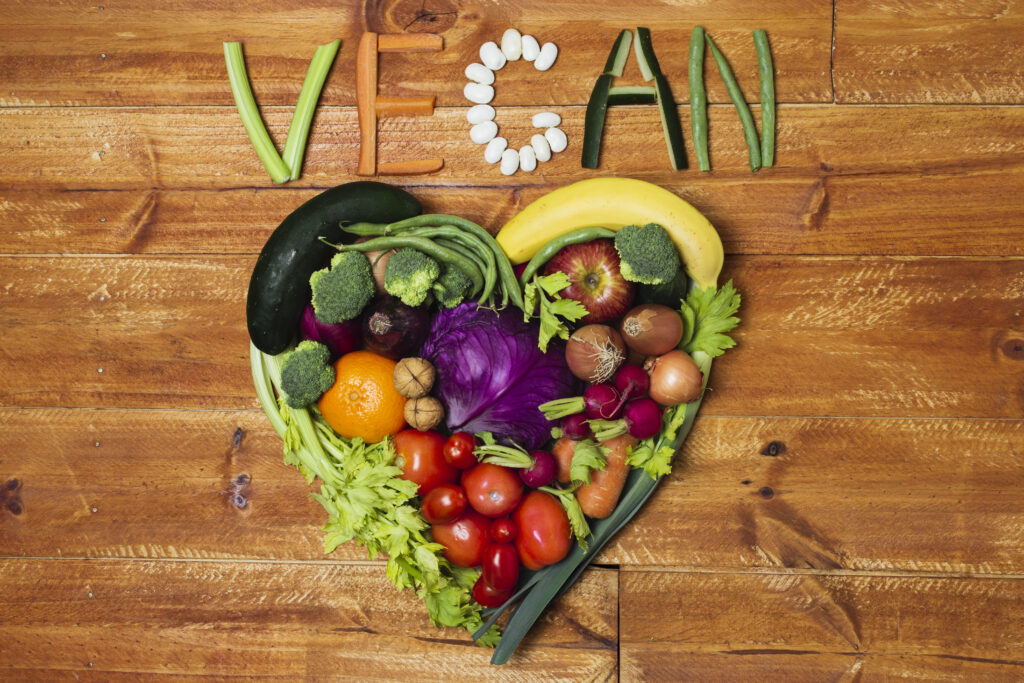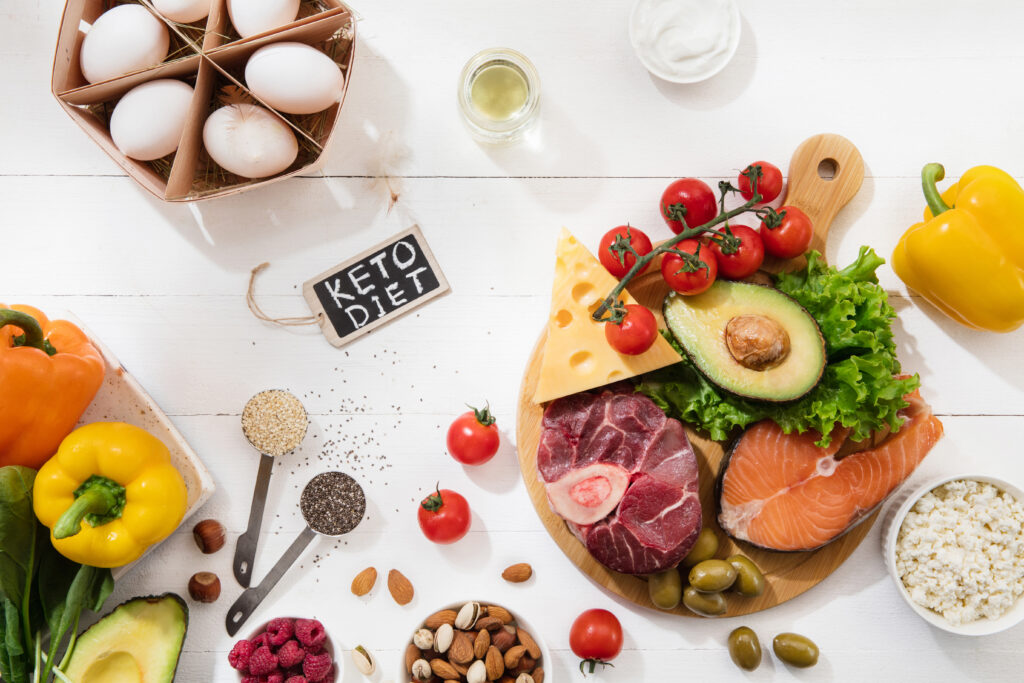Cooking for special diets, such as gluten-free, vegan, and keto, requires some adjustments and careful planning. Here are tips for each special diets:
For a Gluten-Free Diet:

- Read Labels: Always check food labels for gluten-containing ingredients and look for certified gluten-free products.
- Use Gluten-Free Substitutes: Replace wheat flour with gluten-free flours like almond flour, coconut flour, or rice flour in baking and cooking.
- Gluten-Free Grains: Incorporate naturally gluten-free grains like quinoa, rice, and oats (certified gluten-free) into your meals.
- Gluten-Free Pasta: Many gluten-free pasta options are available, made from rice, corn, or chickpea flour.
- Be Cautious with Sauces: Some sauces and condiments contain hidden gluten. Make your own or choose gluten-free versions.
- Experiment with Vegetables: Vegetables can often be used as substitutes for grains or pasta. Try spiral-cut zucchini or spaghetti squash instead of regular pasta.
For a Vegan Diet:

- Plant-Based Protein: Incorporate a variety of plant-based protein sources like tofu, tempeh, seitan, beans, lentils, and legumes.
- Dairy Alternatives: Use non-dairy milk (e.g., almond, soy, oat) and dairy-free yogurt, cheese, and butter substitutes.
- Egg Replacements: Replace eggs in recipes with flaxseed or chia seed eggs, applesauce, mashed bananas, or commercial egg replacers.
- Nutritional Yeast: This will add a cheesy flavor to your vegan dishes. Use it as a topping or in sauces.
- Explore Meat Alternatives: There are many vegan meat substitutes available, such as plant-based burgers, sausages, and deli slices.
- Read Labels Carefully: Be aware of hidden animal products like gelatin and certain food colorings.
For a Keto Diet:

- Focus on Healthy Fats: Incorporate sources of healthy fats like avocados, nuts, seeds, olive oil, and coconut oil into your meals.
- Low-Carb Vegetables: Choose low-carb vegetables like leafy greens, broccoli, cauliflower, and zucchini as your main side dishes.
- Moderate Protein: Opt for lean sources of protein like chicken, turkey, fish, and tofu, but avoid excessive protein intake.
- Limit Carbs: Avoid high-carb foods like bread, pasta, rice, and sugary snacks.
- Use Almond Flour and Coconut Flour: These are great low-carb alternatives for baking and breading.
- Track Macros: Keep an eye on your macronutrient intake to ensure you’re staying within your daily carb, fat, and protein limits.
- Snack Smart: Choose keto-friendly snacks like nuts, seeds, and cheese.
- Stay Hydrated: Drink plenty of water and consider incorporating keto-friendly electrolyte supplements to prevent the “keto flu.”
- Meal Prep: Planning keto meals in advance can help you stick to the diet and avoid carb-heavy temptations.
- Consult a Dietitian: If you’re new to keto, consider consulting a registered dietitian for personalized guidance.
Ta da!!! I hope this information was helpful and now you can be more cautious and careful in the journey of your respective diet 🙂
Remember that it’s essential to consult with a healthcare professional or dietitian when making significant dietary changes, especially for medical reasons. They can provide tailored advice and ensure you’re meeting your nutritional needs while following your chosen diet.

